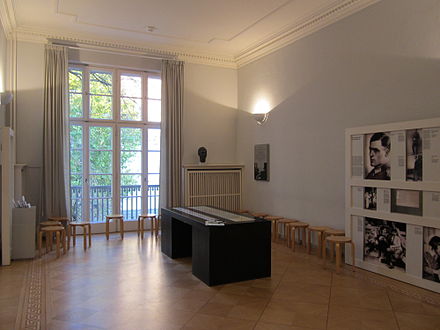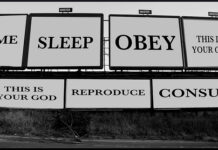Valkyrie, one great history lesson


20 July plot Office at Bendlerblock 

As early as September 1942 von Stauffenberg was considering Hans Georg Schmidt von Altenstadt (de:Hans Georg Schmidt von Altenstadt), author of Unser Weg zur Meer, as a replacement for Hitler: “Bereits im September 1942 hatte er Kenntnis von Plänen von Claus Schenk Graf von Stauffenberg zur Beseitigung Hitlers.” From the beginning of September 1943 until 20 July 1944, von Stauffenberg was the driving force behind the plot to assassinate Hitler and take control of Germany. His resolve, organisational abilities, and radical approach put an end to inactivity caused by doubts and long discussions on whether military virtues had been made obsolete by Hitler’s behaviour. With the help of his friend Henning von Tresckow, he united the conspirators and drove them into action. Stauffenberg was aware that, under German law, he was committing high treason. He openly told young conspirator Axel von dem Bussche in late 1943, “ich betreibe mit allen mir zur Verfügung stehenden Mitteln den Hochverrat…” (“I am committing high treason with all my might and means….”). He justified himself to Bussche by referring to the right under natural law (“Naturrecht“) to defend millions of people’s lives from the criminal aggressions of Hitler.
Only after the conspirator General Helmuth Stieff on 7 July 1944 had declared himself unable to assassinate Hitler on a uniforms display at Klessheim castle near Salzburg, Stauffenberg decided to personally kill Hitler and to run the plot in Berlin. By then, Stauffenberg had great doubts about the possibility of success. Tresckow convinced him to go on with it even if it had no chance of success at all, “The assassination must be attempted. Even if it fails, we must take action in Berlin”, as this would be the only way to prove to the world that the Hitler regime and Germany were not one and the same and that not all Germans supported the regime.
Stauffenberg’s part in the original plan required him to stay at the Bendlerstraße offices in Berlin, so he could phone regular army units all over Europe in an attempt to convince them to arrest leaders of Nazi political organisations such as the Sicherheitsdienst (SD) and the Gestapo. Unfortunately, when General Helmuth Stieff, Chief of Operation at Army High Command, who had regular access to Hitler, backtracked from his earlier commitment to assassinate Hitler, Stauffenberg was forced to take on two critical roles: kill Hitler far from Berlin andtrigger the military machine in Berlin during office hours of the very same day. Beside Stieff, he was the only conspirator who had regular access to Hitler (during his briefings) by mid-1944, as well as being the only officer among the conspirators thought to have the resolve and persuasiveness to convince German military leaders to throw in with the coup once Hitler was dead. This requirement greatly reduced the chance of a successful coup. After several unsuccessful tries by Stauffenberg to meet Hitler, Göring and Himmler when they were together, he went ahead with the attempt at Wolfsschanze on 20 July 1944.


Although four people were killed and almost all survivors were injured, Hitler himself was shielded from the blast by the heavy, solid-oak conference table leg and was only slightly wounded. Stauffenberg and Haeften quickly left and drove to the nearby airfield. After his return to Berlin, Stauffenberg immediately began to motivate his friends to initiate the second phase: the military coup against the Nazi leaders. When Joseph Goebbels announced by radio that Hitler had survived and later, after Hitler himself personally spoke on the state radio, the conspirators realised that the coup had failed. They were tracked to their Bendlerstrasse offices and overpowered after a brief shoot-out, during which Stauffenberg was wounded in the shoulder.
Execution order:
Best Regards
TBU NEWS






